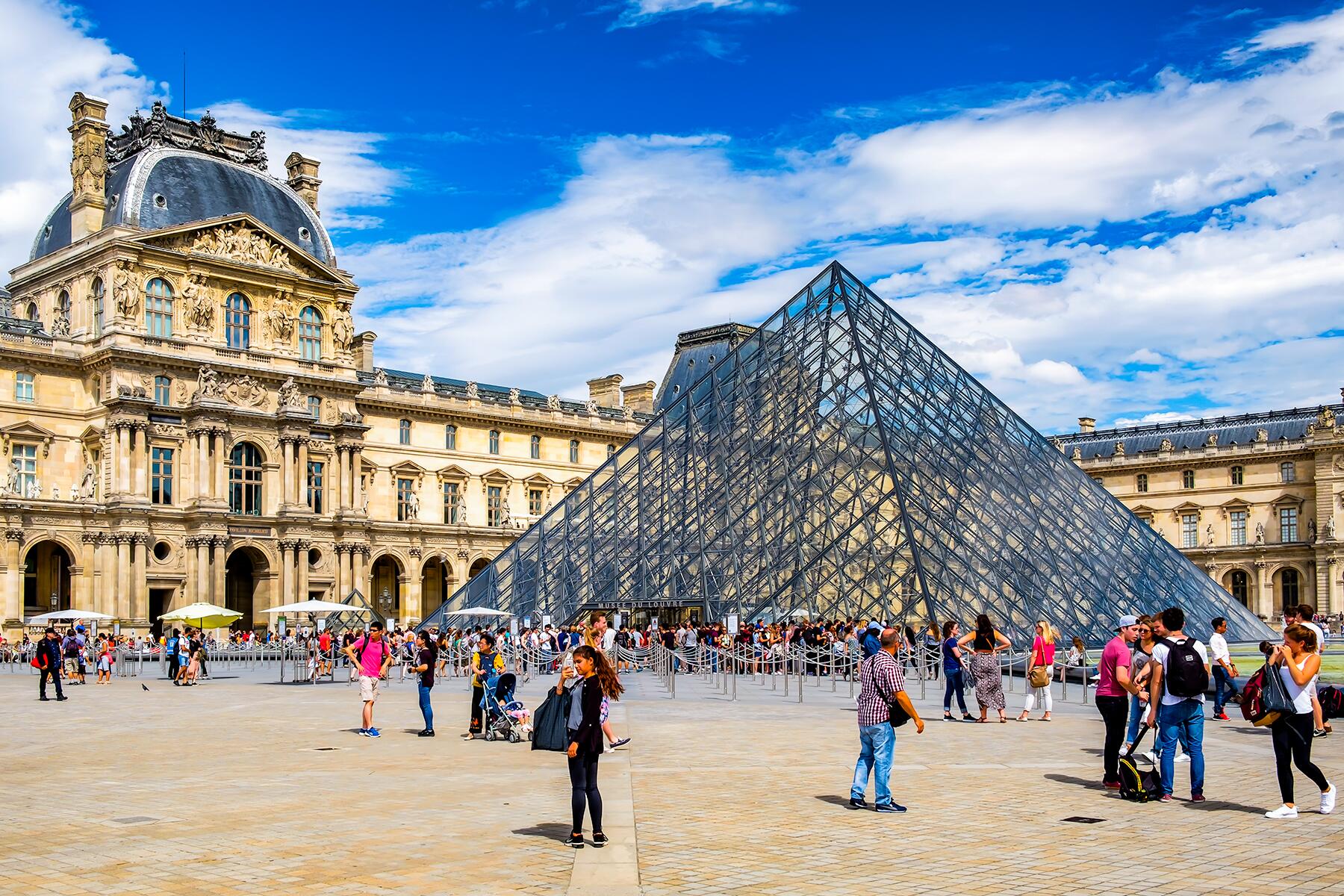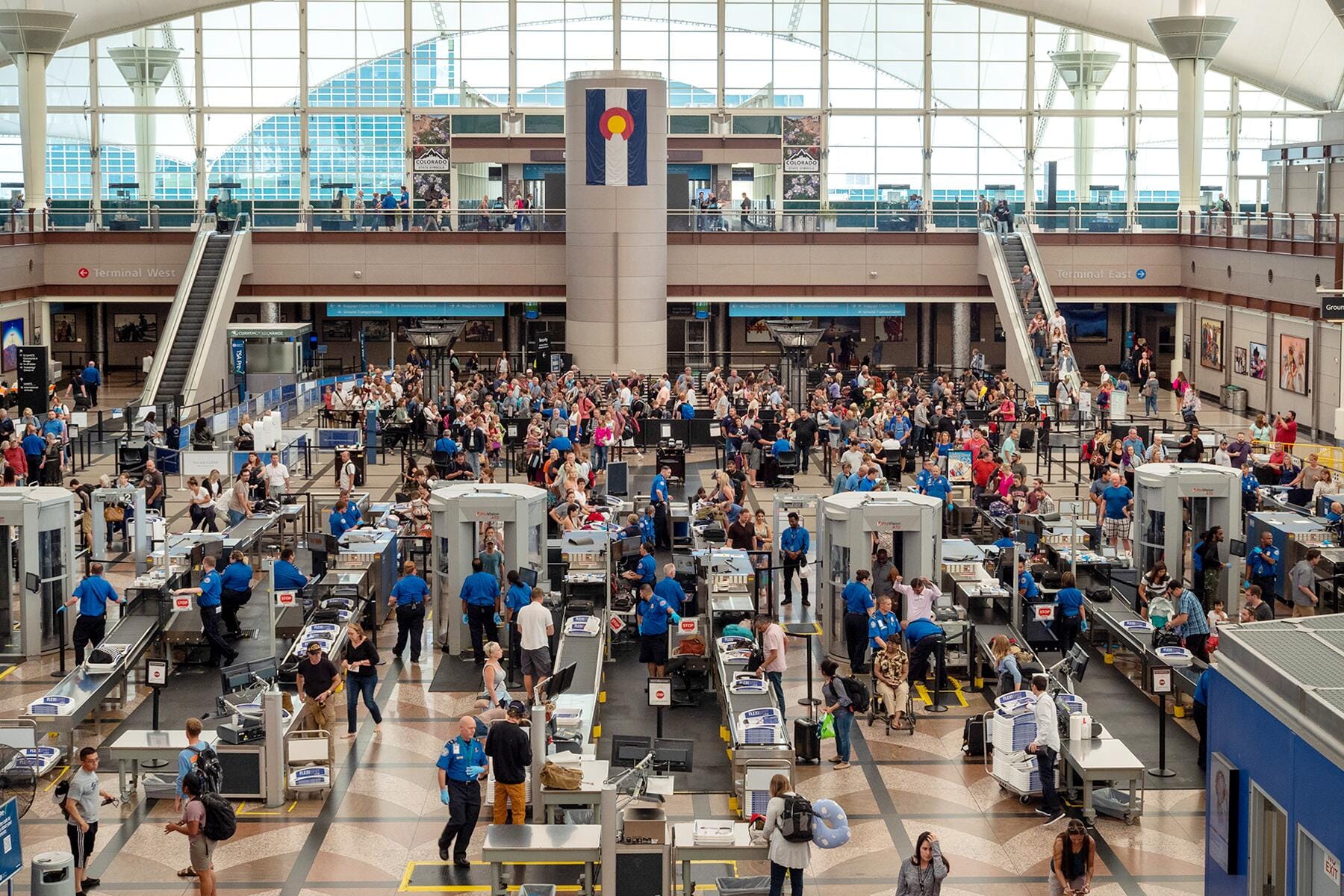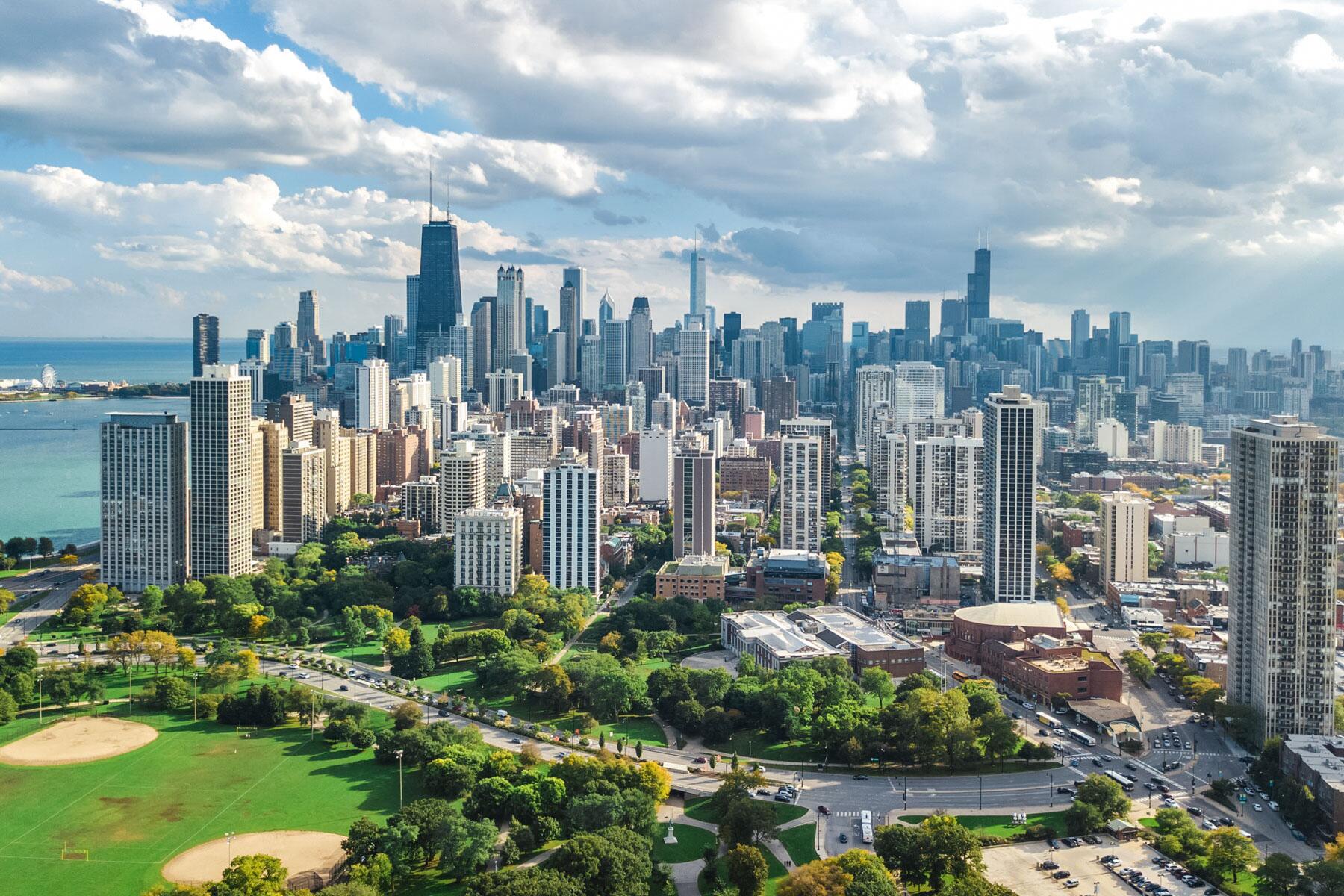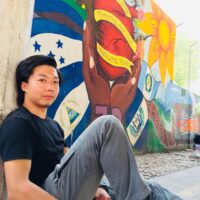Finding kindred community in the wake of Stop Asian Hate.
I had never been to Chicago before. And all I associated with the Windy City were the Bean, the Chicago Bulls, and gun violence. But after being cooped up at home since the start of the COVID-19 pandemic, I was eager to travel to a new city, despite the fear that crept in. Beyond the gun violence statistics, I was afraid to travel as an Asian at a time when anti-Asian hate crimes were reported across the country.
When I told people that I was going to Chicago, their response proved to be a mixed bag of warnings and recommendations. Unfortunately, Chicago is often equated with violence; it had the most mass shootings of any U.S. city between September 2018 and May 2022, with gun violence accounting for almost 90% of its murders in 2019 and 2020, according to the Chicago Police Department’s annual report.
I refused to let fear stop me from traveling. I had taken solo trips before and decided to toss fear aside, instead packing two daypacks for my journey. I bought a one-way train ticket from Dallas Union Station to Chicago Union Station with plans to stay in the city for two days before taking Amtrak’s California Zephyr across the country. I boarded the train around 5 p.m. and watched as the landscape slowly morphed from daylight to darkness on the frigid winter evening.
Recommended Fodor’s Video
“You’re going to need more clothes than that,” remarked a nearby passenger upon learning I was on my way to Chicago.
Chicago’s winter teetered around the temperature I had experienced on past travels in Seattle and Dallas. So, my same-old strategy was simple: layer up. Not to mention weather and temperatures weren’t my main concern.
The next day, a reignited wave of anxiety hit me as the train prepared to pull into Union Station. There had been 11,467 hate incidents reported by individuals from the Asian American and Pacific Islander communities between March 2020 and 2022, according to data collected by STOP AAPI Hate, a coalition established in March 2020 in response to the rising racist attacks against said communities. While most of those anti-Asian attacks had taken place outside Chicago, the Windy City is still no stranger to hate-fueled violence.
The train zoomed by the endless, snow-blanketed wheat fields of Illinois as I stared out at the moving landscape. My fear began to spiral. I had booked a hostel in downtown Chicago for the night but because it was winter, the hostel was empty.
“Is it dangerous around this area? Is it safe to walk around at night?” I asked the receptionist, trying to make small talk while still getting important information as she checked me in. She casually dismissed these questions. The hostel offered a free walking tour around Chicago and a crash course on the city’s history with a guide named Pedro. Due to the vacancy of the hostel, the tour became personal, with myself as the sole participant.
The Four Stars of Chicago
There are four major events in Chicago that define it and are reflected in the four stars on the city’s flag. The first star represents the Great Chicago Fire of 1871, which lasted two days, killed between 200 to 300 people, and left nearly 100,000 people homeless—turning about one-third of the city in ruins. The second star represents the 1893 World Columbian Exposition in Chicago. The city defeated bids by New York and Washington, D.C., to host the international fair. It was also through the fair that H.H. Holmes, one of America’s first serial killers, managed to lure female victims to his hotel.
The third star represents the 1933 Century of Progress International Exposition. The world fair celebrated the city’s birth in 1833 and showcased the progress of science and technology since Chicago’s inception. The fourth star was added in 1939 to commemorate Fort Dearborn, built in 1803 on the southeast bank of the Chicago River, according to the University of Chicago. The fort is widely known for the battle that took place there in August 1812 between the Native Potawatomis tribe and their allies and U.S. soldiers. Pedro explained that a fifth star might have been added to the flag if Chicago had won the bid to host the 2016 Summer Olympics, but the city lost out to Rio de Janeiro.
As the walking tour went on, Pedro gave me a list of local restaurants that serve authentic Chicago signature dishes. He said local restaurants had been hit hard by the pandemic. More than half of restaurant operators in the nation said they would need at least a year or more for business to return to pre-pandemic level, according to the National Restaurant Association’s 2022 report. The association stated that supply shortages and high food and labor costs continue to impinge businesses’ growth for the rest of 2022. I offered Pedro a tip at the end of the tour, but he refused. He asked me to use that money and support local restaurants instead, and with that, we shook hands and parted.
Related: Don’t Listen to People Who Tell You Not to Go to Chicago’s South Side. Visit These 10 Must-See Spots
“We’re in This Together”
I made my way to Chinatown on a late Wednesday morning. I took the metro and got off at Cermak-Chinatown station. By the entrance, I stumbled upon the station’s ticket agent lecturing a girl who was asking for money to take the train to school. The girl wore Apple AirPods and donned a pair of Air Jordan shoes. The ticket agent, a Black woman, teased the student about her expensive outfit and jabbed about her lateness for class. I stopped to watch the moment unfold. The girl took in the lecture quietly. When the agent finished her monologue, she let the student into the station for free. As the agent returned to the ticket booth, our eyes met.
“You’re funny, ma’am,” I said.
“We’re in this together,” she replied.
“You have a good day,” I said, not knowing what else to respond.
“You too,” she replied, along with phrases of Cantonese Lunar New Year greetings.
I walked away, surprised.
This year’s Lunar New Year commenced on the same day as Black History Month on February 1st. Lunar New Year is an annual festival celebrated by Asians of different ethnic backgrounds and is observed through the lunisolar calendar. I thought of the alliance between the Black and the Asian communities through the decades.
Racial-motivated attacks after the death of George Floyd in 2020 and the Atlanta Spa shooting targeting Asians in 2021 have once again united the two communities to stand in solidarity and fight for justice. Hate crimes against Blacks and Asians rose in 2020 to the highest level in 12 years, according to an FBI report. Then I remembered what the ticket-agent told me.
“We’re in this together.”
The Locals’ Favorite
I went to Mr. Beef on Orleans one day before I left Chicago. The family-owned sandwich shop was one of the local restaurants Pedro had recommended. I arrived 15 minutes before the shop opened. The walls were decorated with awards, yellowed newspaper coverage, and autographed celebrities’ portraits. A plain, white sign with red lettering read: “The Rules At Mr. Beef: Cash only. No bathroom. No stupid questions. No mhhh’s, ughhh’s, or duhhh’s.”
Most recently, the shop—which opened in 1979—inspired the Hulu series The Bear, which debuted in June 2022. The show follows a fine-dining chef who comes home to Chicago to salvage the family-owned Italian beef sandwich joint after a family tragedy. The director Christopher Storer grew up in Chicago. Storer told Esquire that the current owner of Mr. Beef, Chris Zucchero, was his first friend. Zucchero is a fast-talking man with a loud and clear voice who seems to greet every customer with a “sir, brother, boss, or gentleman.”
Not knowing what to order, I asked for the locals’ favorite, whatever that was. While I waited, Zucchero offered me a free drink. I don’t drink soda, but I accepted his offer out of politeness. Zucchero is half Italian and half Chinese. He still has some aunts who live in Hunan in Southern China, and, apparently, his great grandfather was the first Chinese police chief in Chicago. As our conversation continued, I realized how great it was to socialize again after being socially-isolated since March 2020.
I had been living in a fear bubble, one in which I was inundated with news of hate crimes unfolding in cities across the country. The news discouraged me from traveling, but Chicago was a reminder of how much I loved sharing a laugh with people I met on the road. I finished my wet Italian beef sandwich, my hands drenched with the gravy and left Christopher and the shop, relishing the sandwich and our conversation.
The Chicagoans Who Make Chicago
I did not intend to stay in Chicago for a week. My initial two-day stopover plan was to see the Bean, try the deep-dish pizza, and move on. But my connection to the city grew with the more Chicagoans I met. I pushed back my itineraries to spend more time in the city. The uncertainty I felt when I arrived in Chicago turned into a reluctance to leave. The city’s spirit is reflected through Chicagoans, the love they have for each other, and the love they showed me.
I boarded Amtrak’s California Zephyr on a sunny Saturday. The train rolled out of Chicago Union Station and chugged westward. The afternoon sun had dissolved the snow that blanketed the wheat fields of Illinois just a week earlier. Icicles on naked tree branches reflected light that caused my eyes to squint. A newborn love for Chicago had sprouted inside me. Chicago was no longer minimized to just tourist attractions like Bean or statistics on gun violence, instead, the city is now about the people I met: Pedro, the ticket agent, and Christopher.




